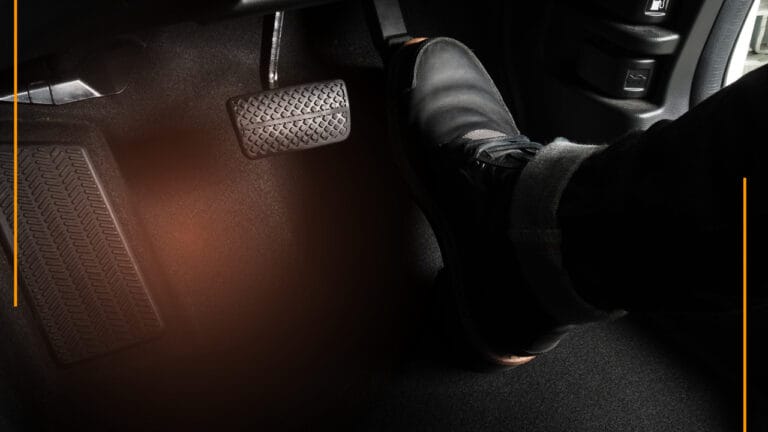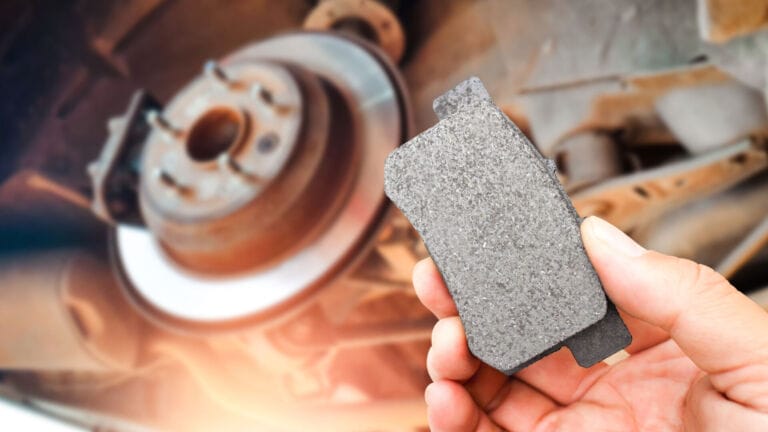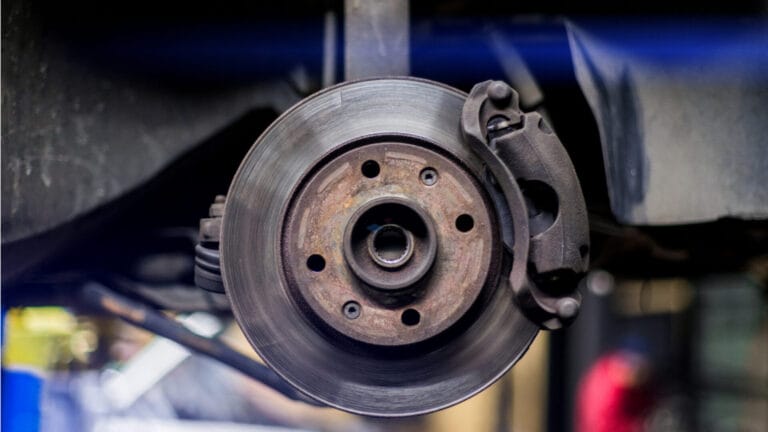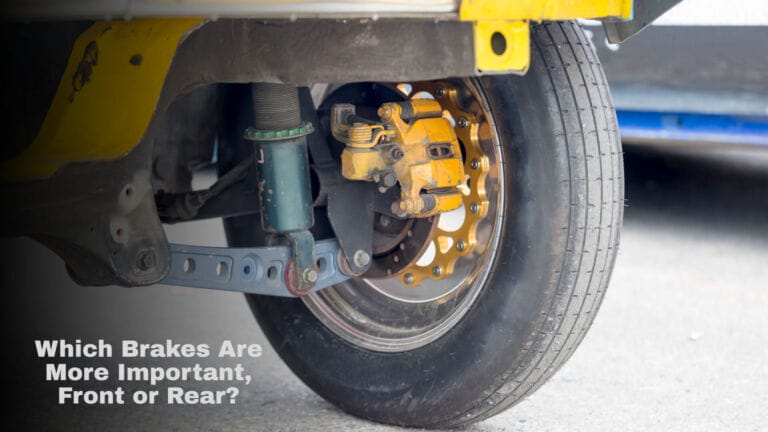How long does it take for brake fluid to circulate
Brake fluid transmits the force from the brake pedal to the brake. This silent guardian ensures your vehicle responds to your touch with precision, safety, and reliability. With it, your commands to stop are preserved in translation, where the harmonious choreography of braking turns into a chaotic cacophony.
However, how long does it take for brake fluid to circulate in your car?
Brake fluid doesn’t take any time to circulate because it doesn’t circulate. The braking system relies on a hydraulic design that involves the controlled movement of brake fluid, more of a transfer of pressure, not a continuous circulation.
Surprised? Want to know the secrets of brake fluid’s swift choreography and why it doesn’t circulate like other fluid when it’s a hydraulic fluid, too?
Well, I am here to answer all your questions that might be now in your mind and some more that will help you better understand. So, buckle up and dive into this informative guide on brake fluid circulation.
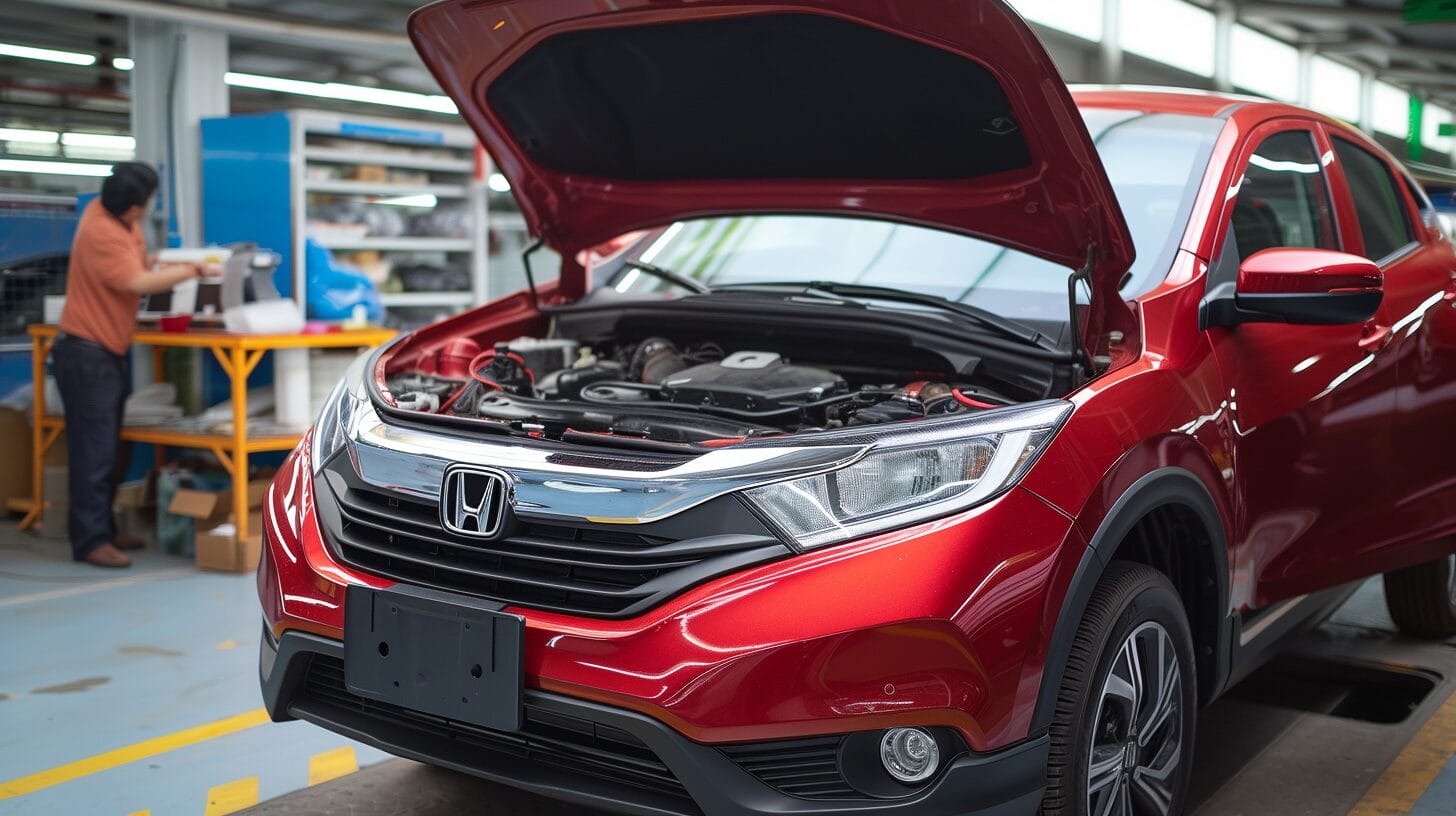
Why Does Brake Fluid Not Circulate?
Have you ever wondered about the speed of this automotive ballet?
The journey from brake pedal to brake caliper is quicker than a blink, happening in mere milliseconds. But the journey is of pressure transmission, not brake fluid circulation. Brake fluid doesn’t circulate but is slow in movement.
So, why doesn’t it circulate? Let us know.
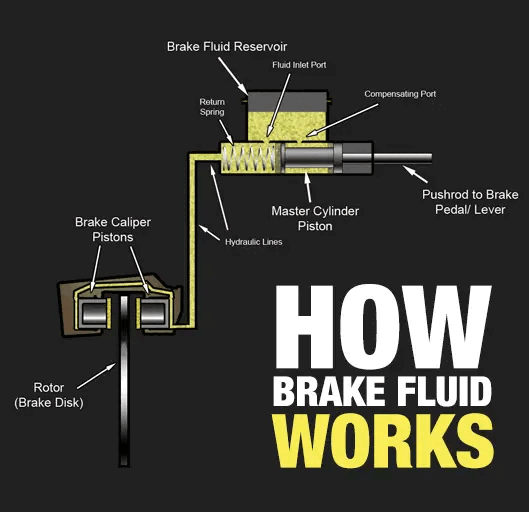
What is Brake Fluid
Brake fluid is the special fluid of your vehicle’s braking system. It can withstand high temperatures and no boiling point. It operates on a closed system, sealed and airtight to prevent contamination (air and moisture) and maintain hydraulic pressure during braking. It resides in a network of pipes and hoses that connect the master cylinder to the brake caliper or wheel cylinder.
How Brake Fluid Works in the System
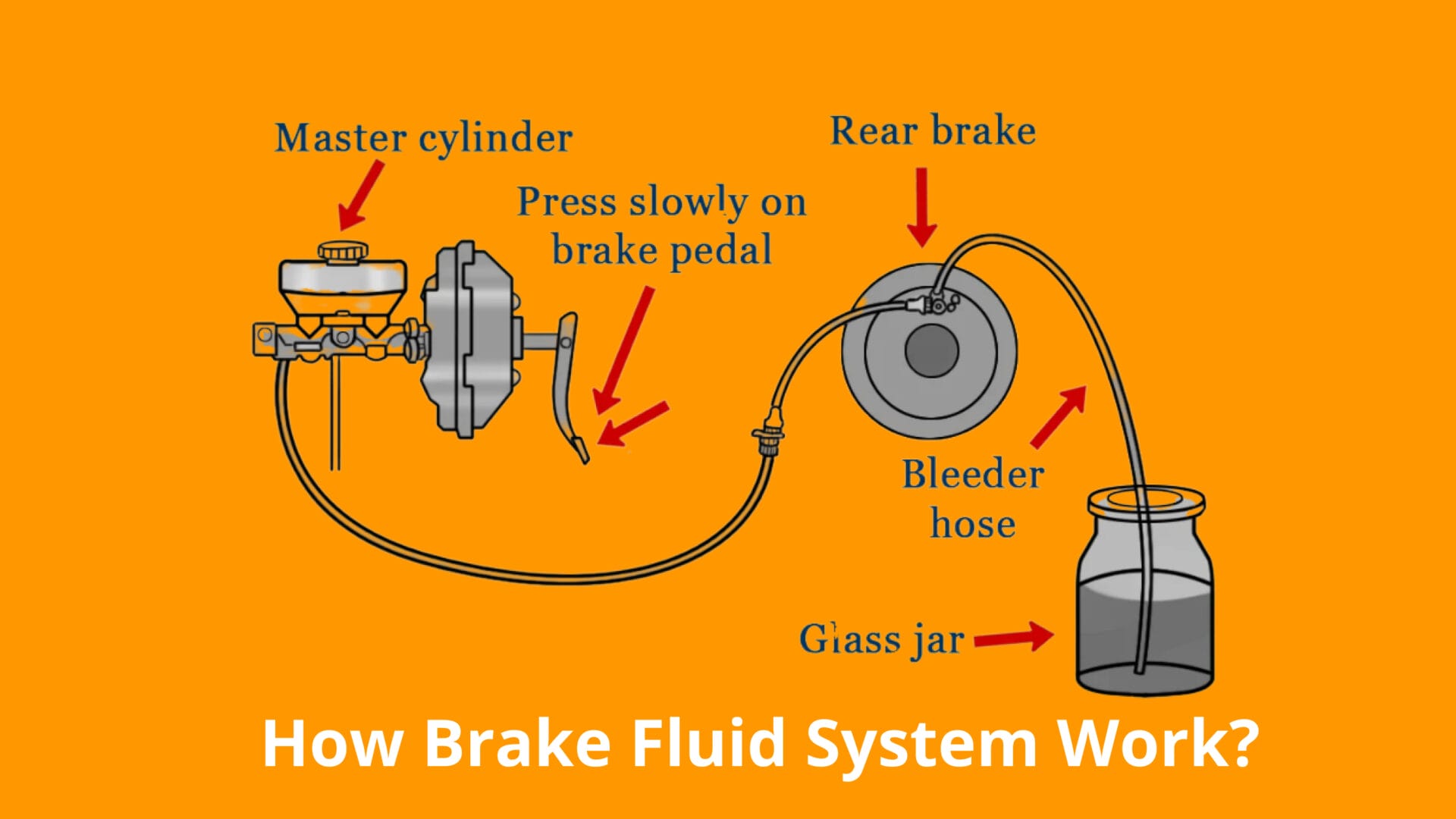
Brake Fluid through the caliper piston transmits the force from your foot on the brake pedal to the rear brake. When you press the brake pedal, the master cylinder pushes clean fluid through these lines to apply pressure to the brake pad or shoes against the brake discs/drums, creating friction to slow down or stop your vehicle. It’s like a well-choreographed dance between your foot, the brake fluid, and all the mechanical parts involved. Once this force is applied, your wheels stop, and the pressure is released from the brake reservoir. Then, excess fluid returns to the master cylinder via check valves.
Role of Brake Fluid
In this operation, brake fluid serves as a medium for transmitting hydraulic pressure. A closed-loop system ensures that sufficient fluid is available when braking so unnecessary circulation does not occur.
In essence, Brake fluid doesn’t circulate continuously like coolant in an engine’s cooling system. Instead, it moves only when the brake pedal is pressed, creating the necessary braking pressure.
Consequence Of Brake Fluid Circulation?
The idea of brake fluid embarking on a continuous journey might sound adventurous, but the reality is a potential cascade of braking woes. The current closed hydraulic system, where brake fluid doesn’t circulate continuously but instead responds precisely when needed, ensures reliability, safety, and optimal braking performance.
However, what if brake fluid decided to break free from its contained dance? Is it going to boost your braking performance or decrease it?
Let’s explore the potential consequences:
1. Air Intrusion
Introducing air into the closed hydraulic system can lead to a spongy, mushy, unpredictable brake pedal feel. This air can compress, reducing the effectiveness of the hydraulic pressure needed for responsive braking.
2. Contamination Woes
If the brake fluid is exposed to external contaminants like dust and moisture, it will result in contaminated brake fluid. This can be a recipe for disaster, impacting the fluid’s ability to withstand the heat generated during braking and potentially causing a gradual decline in braking efficiency.
3. Strained Brake Efficiency
Efficient braking relies on a delicate balance. If brake fluid circulates indiscriminately, that balance may be disrupted. The consequence? A potential decrease in braking efficiency. Think of a long time to stop and a compromised ability to bring your vehicle to a prompt halt – not an ideal scenario when safety is paramount.
4. Accelerated Fluid Breakdown
Brake fluid is a trooper, enduring high temperatures during braking. However, if forced to circulate continuously, it might break down more quickly, reducing its ability to maintain consistent hydraulic pressure. This breakdown could result in the need for more frequent fluid changes, adding to maintenance woes.
How long does it take to bleed brake fluid?
Brake bleeding typically takes around 30 minutes to an hour per axle, but changing brake fluid time can vary depending on the vehicle and the number of brake lines.
Brake fluid bleeding is like giving your car’s brake a refreshing drink. Over time, air can sneak into the brake system, making the brake less effective. To fix this, start by locating the brake bleeder valve on each brake caliper. Then open the valve using a bleeder screw and press the brake pedal, releasing old fluid along with any trapped air. Keep repeating the fluid change until only clean fluid flows out. You can use a vacuum bleeder as well for brake fluid change.
This brake fluid replacement process ensures your brake works smoothly, preventing spongy or less responsive braking. It’s like a spa day for your brakes, keeping them in top-notch condition for safer and more reliable stops.
However, if you want to refill the brake system with new fluid, only bleeding old brake fluid isn’t enough. You have to do a brake fluid flush and then refill with fresh fluid.
FAQ
How long after opening the brake fluid can you use it?
You can use brake fluid for 1 year from opening it. With time, old fluid can absorb moisture, which may affect brake system performance. So, if brake fluid appears discolored or has been open for over 12 months, it’s best to avoid using this dirty fluid and purchase brand new brake fluid.
Does brake fluid circulate back to the reservoir?
No brake fluid doesn’t circulate back to the brake fluid reservoir. It operates in a sealed system. When you press the brake pedal, brake fluid gets pressurized by the master cylinder reservoir and moves through the brake line to the parking brake at each wheel, causing them to engage and slow down the vehicle.
Do brakes work better after pumping?
If you own an older model vehicle, yes, the brake will work better after pumping, but if it’s a modern vehicle, it may reduce the car’s braking efficiency.
In modern vehicles with disc brakes and anti-lock braking system (ABS), pumping the brake is not recommended. Unlike older drum brake systems where the ABS pump could build up pressure, abs unit cars are designed to modulate brake pressure automatically during hard braking to prevent wheel lockup.
If you pump the brake in a car with an ABS, you may interfere with the system’s ability to modulate pressure, potentially reducing its effectiveness.
Is it safe to drive with low brake fluid?
No, it is not safe to drive with low brake fluid. It poses the risk of potential air entry into the brake line. This will lead to overheating in the braking system and damage to brake components, resulting in incomplete or delayed brake engagement, increasing the risk of brake failure.
Conclusion
We’ve explored the swift choreography of brake fluid, understanding that it doesn’t circulate like a rockstar at a concert but rather engages in a well-timed, controlled movement. This closed hydraulic system ensures that brake fluid responds precisely when needed. This braking system is a beacon of reliability, safety, and consistent braking efficiency.
From air intrusion to contamination woes, we explored the potential consequences of brake fluid, debunked the brake fluid circulation mystery, and covered the orchestrated dance between the brake pedal, brake fluid, and the mechanical components.
So, let’s wrap up for today, keep our foot on the brake pedal of knowledge, and drive safely.



